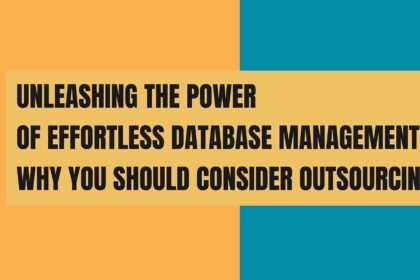Ever since emails and websites lost track of each other in terms of adopting technical advances, emails have been left behind in terms of the functionalities offered. We can consider email’s high ROI of 4400% and the lack of awareness for email-based scams as the significant reasons why mailbox service providers didn’t put in any effort to upgrade the technical support for emails. Thus, the combination of lucrative rewards, email’s omnipresence across the internet as a common credential, and initial hesitancy kept it technically stagnant through two long decades.
As an email marketing company, we don’t find HTML email templates a substantial development since it has little to do with the technical benefits for marketers. But things have started to change lately, and as businesses turn towards email as one of the most rewarding options for their digital marketing campaigns, inbox providers, too, have started initiating a lot of technical support advances. AMP for email can be considered one of the essential additions made due to the degree of technical sophistication and control over functional features it adds. Let me give you a quick overview of the value AMP brings to email marketing and why you should definitely go for including it in your email strategy.
AMP For Email: Why, When, What Of This Tech Upgrade
Introduced in 2016 by none other than Google, AMP for email brings HTML, CSS, and JavaScript technologies on one page to create a functional, website-like experience. Accelerated Mobile Pages (AMP) for emails is a framework that enables embedding web page functionalities like dynamic content blocks, dynamic elements, API integration for interactivity, and real-time insight generation. However, it isn’t on the priority of most marketers, and that’s exactly why we as an email marketing company find that you can achieve a lot more if you start early:
But before you can get started with AMP for email, you need to fulfill a handful of prerequisites, including completing verification for DKIM, DMARC, and SPF. You must also adhere to the Gmail bulk senders guidelines and have minimal spam complaints against your IP address. Once you have fulfilled these conditions, all you need is a ready-to-use email template and follow the AMP best practices for email design. It would help if you also used AMP Validator and AMP for Email Playground to make initial tests. You may also send an email to [email protected] to get your message tested.
Technical Aspects Involved In Designing AMP-Enabled Email Templates
The major difference in coding level is the introduction of JavaScript in the regular HTML-CSS template code. The addition comes into the form of Media, Dynamic Content, and Layout components, and you need to add the suffix “amp” as well. It is preferable to code a normal HTML email template as well to use it as a fallback option in case the email doesn’t render as expected. This also comes with an upper cap of 100 KBs when designing an AMP-powered template. A few examples of AMP elements are:
- Dynamic list <amp-list>
- Forms <amp-form>
- Images <amp-image>
- Carousel <amp-carousel>
- Accordions <amp-accordion>
There are many other elements as well, including AMP Timeago, AMP LightBox, AMP Anim that can make your emails super exciting for your entire subscriber list. Here’s an example of how an AMP-based email template will render in your recipient’s inbox:
It also adds a MIME, making it suitable for rendering purposes, and Google has taken good care of JavaScript security provisions. This is great news since Gmail blocks any JS code rendering, thereby creating a huge challenge for adding such functionalities. Thankfully, Google AMP for emails is a wonderful solution to this long persistent problem.
What’s Next When It Comes To Using AMP In Email Design
Frankly speaking, we have just started exploring what AMP can do for email marketers. Even as an email marketing company ourselves, we find that the true potential for this tech innovation will keep evolving with time. For instance, we can expect in-mail applications like PWAs to take over our mailboxes in the near future. You may conduct live polls and debates pretty much like the comments section of social media apps inside your email templates through API integration. In fact, you may be able to provide a real-time window for functions like booking online tickets with payment gateway integration, just like proper websites.
Thus, we can certainly say that we are sitting on the tip of the iceberg, and there’s a whole world of possibilities that we are soon going to explore as AMP gets greater reception. The only catch is that no matter if we bring websites or games inside the mailboxes, they need to be concise since there will be many other brands sending emails in the future. Trying to consume too much time could backfire.
Wrap Up
Take the early bird advantage- this is my short and simple piece of advice when it comes to leveraging the AMP technology for email marketing. It has the potential to transform how people interact with emails, and its ability to engage will surely compound as you dive deeper in the future.
Author: Kevin George is the head of marketing at Email Uplers, that specializes in crafting Professional Email Templates, PSD to Email conversion, and Mailchimp Templates. Kevin loves gadgets, bikes & jazz, and he breathes email marketing. He enjoys sharing his insights and thoughts on email marketing best practices on email marketing blog.
[sc name=”5105″][/sc]










